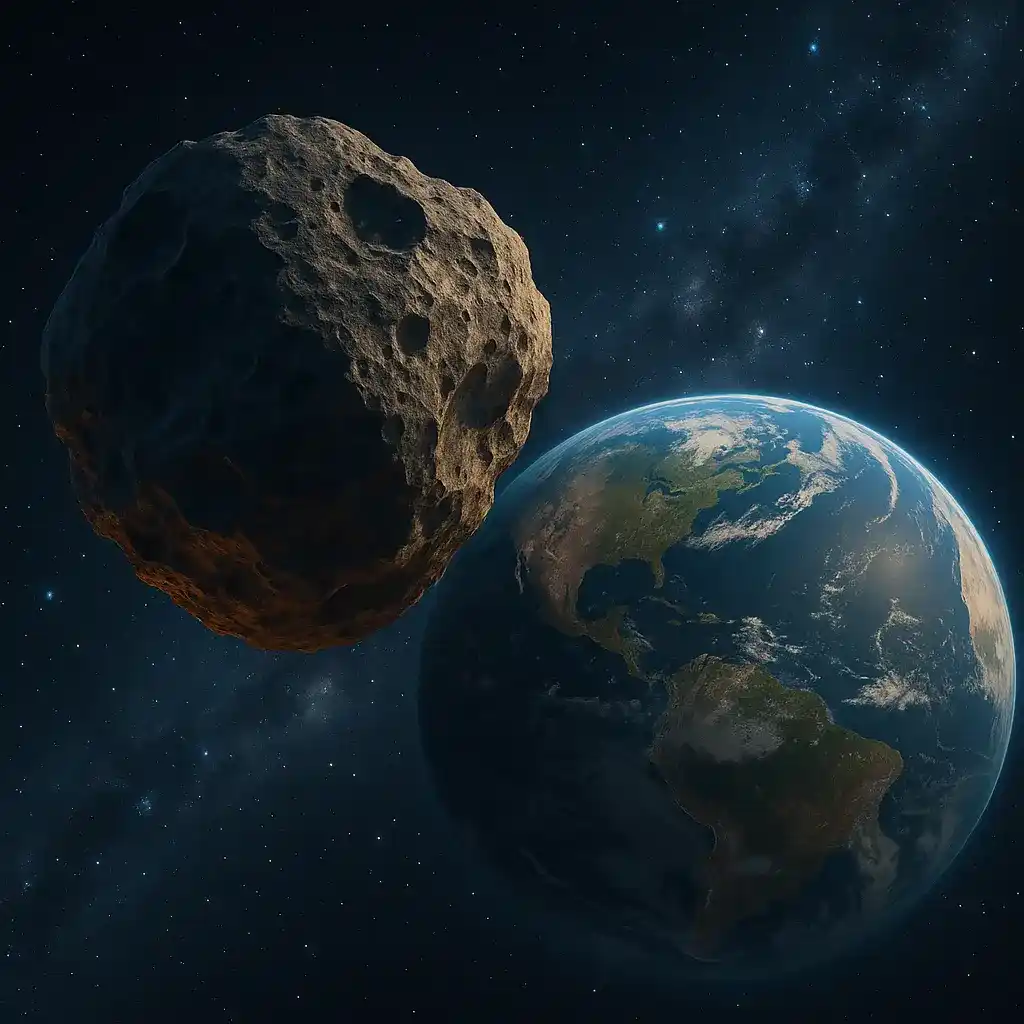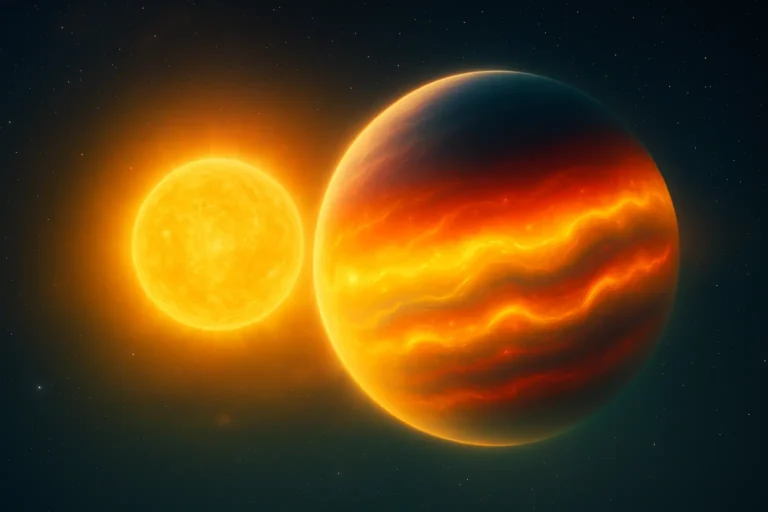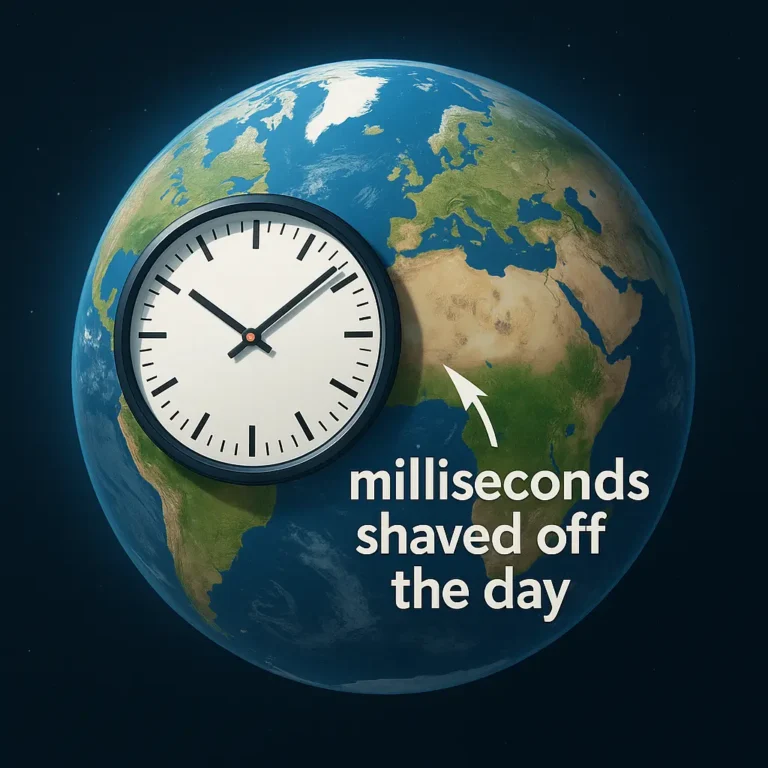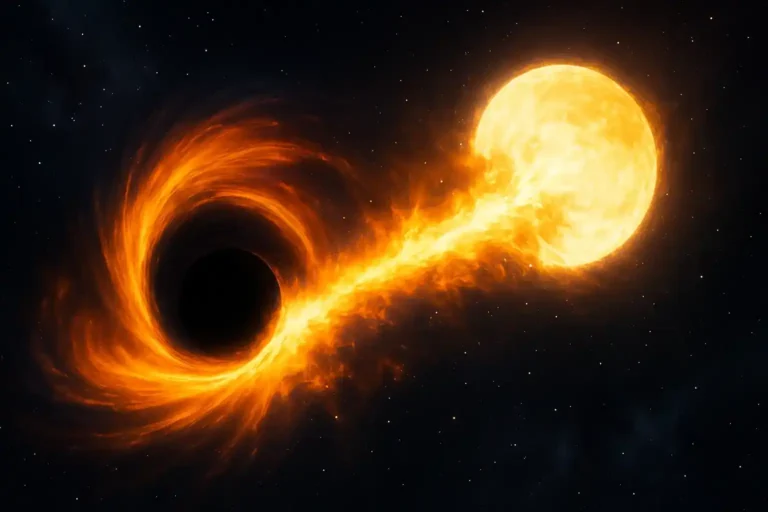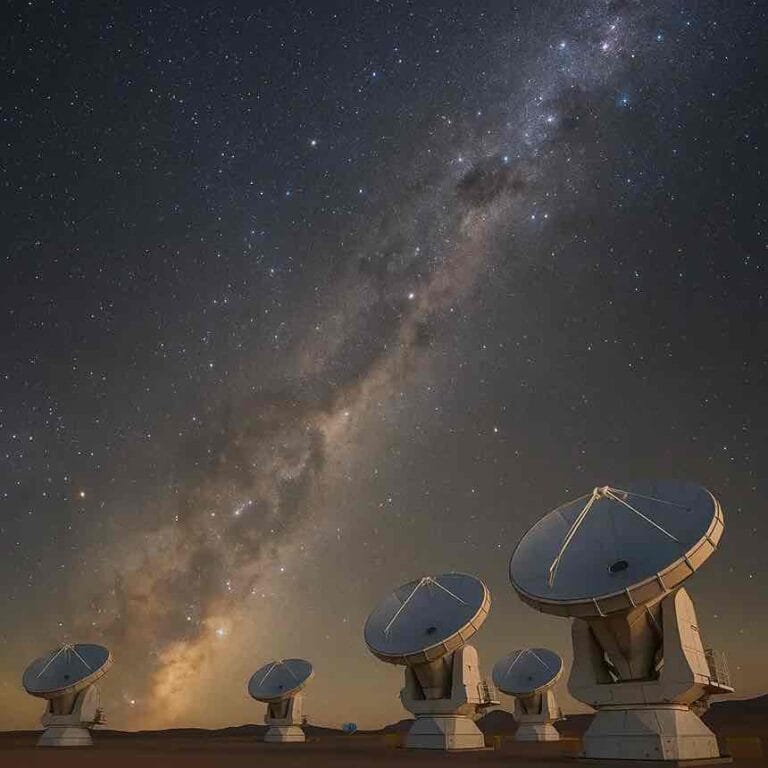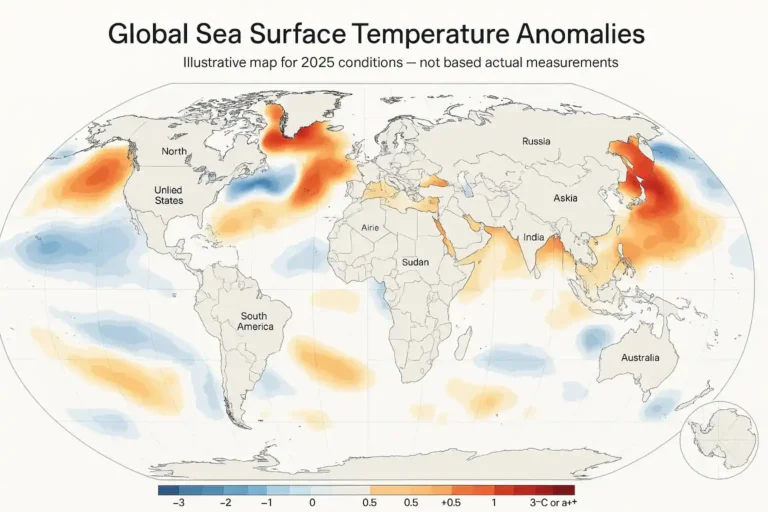As space enthusiasts and scientists turn their eyes toward the skies, Asteroid Flyby 2025 is shaping up to be one of the most talked-about cosmic events of the year. Two massive asteroids, each comparable in size to familiar Earth objects, are scheduled to pass our planet this week. While experts confirm there is no danger, the flyby offers a fascinating opportunity to reflect on how these celestial giants remind us of Earth’s place in the cosmos.
Also read: Devil Comet Water Origin Theory: A New Clue to Earth’s Ancient Oceans
Giant Asteroid Near Earth: What We Know So Far
Astronomers have confirmed that two asteroids—designated 2025 QV5 and 2025 QD8—are on a path to zip past Earth.
- 2025 QV5 measures roughly the size of a commercial airplane.
- 2025 QD8 is smaller, closer in scale to a bus.
Both will remain at safe distances, but their sheer size makes them striking reminders of how dynamic our solar system is. The larger asteroid, 2025 QV5, will pass at about 500,000 miles away—roughly twice the distance from Earth to the Moon[1}.
How Close It Will Pass to Earth
The smaller asteroid, 2025 QD8, will make a much closer approach. NASA’s trajectory models estimate it will come within about 136,000 miles of Earth. For perspective, that’s just over half the distance to the Moon.
Although these numbers may sound alarming, planetary defense experts stress that both objects pose no risk of collision. Instead, these events are invaluable opportunities to test asteroid-tracking systems and refine planetary defense strategies.
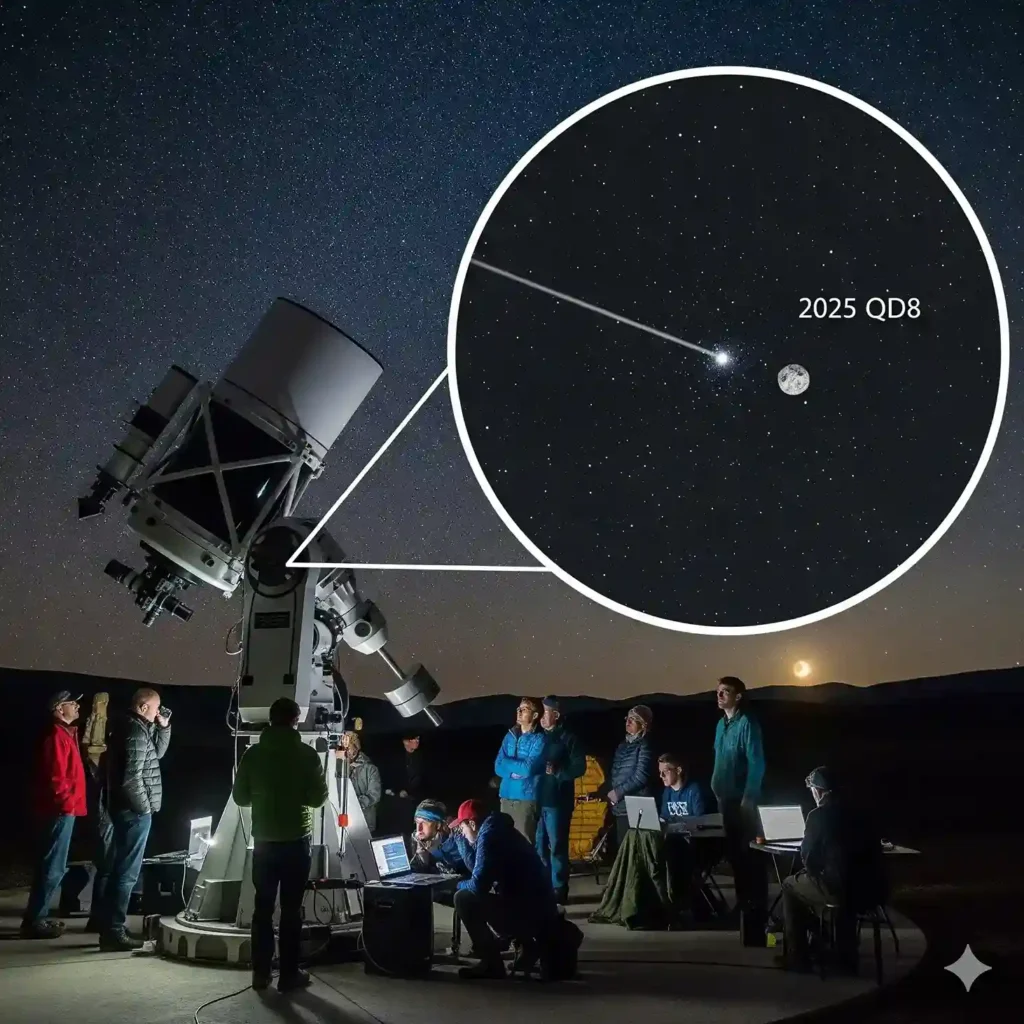
Will an Asteroid Hit Earth in 2025?
Naturally, the question arises: will an asteroid hit Earth in 2025? The simple answer is no. Current monitoring shows no known asteroid on a collision course with Earth this year. NASA’s Planetary Defense Coordination Office and other global observatories constantly scan the skies for potential threats.
What makes these flybys particularly important is the chance to simulate emergency response scenarios. By studying these safe close passes, scientists can model what might happen in a worst-case event centuries down the line.
Public Fascination and Live Viewing
The larger asteroid, 2025 QV5, will be visible through specialized telescopes, and projects such as the Virtual Telescope Project are planning live streams for the public. Such events highlight not only the scientific importance but also the widespread fascination with the mysteries of space.
For many, Asteroid Flyby 2025 is more than just another astronomical event—it is a reminder of humanity’s ongoing need to understand and prepare for the universe’s unpredictable nature.
Conclusion: The Significance of Asteroid Flyby 2025
While neither asteroid poses a danger, Asteroid Flyby 2025 has sparked worldwide attention. It provides a moment to reflect on Earth’s vulnerability and resilience in the face of cosmic events. With advanced monitoring and international cooperation, the world can continue to enjoy the spectacle of these close encounters without fear.
Also watch: AI-Generated Image of the Tadpole Galaxy (Arp 188)

